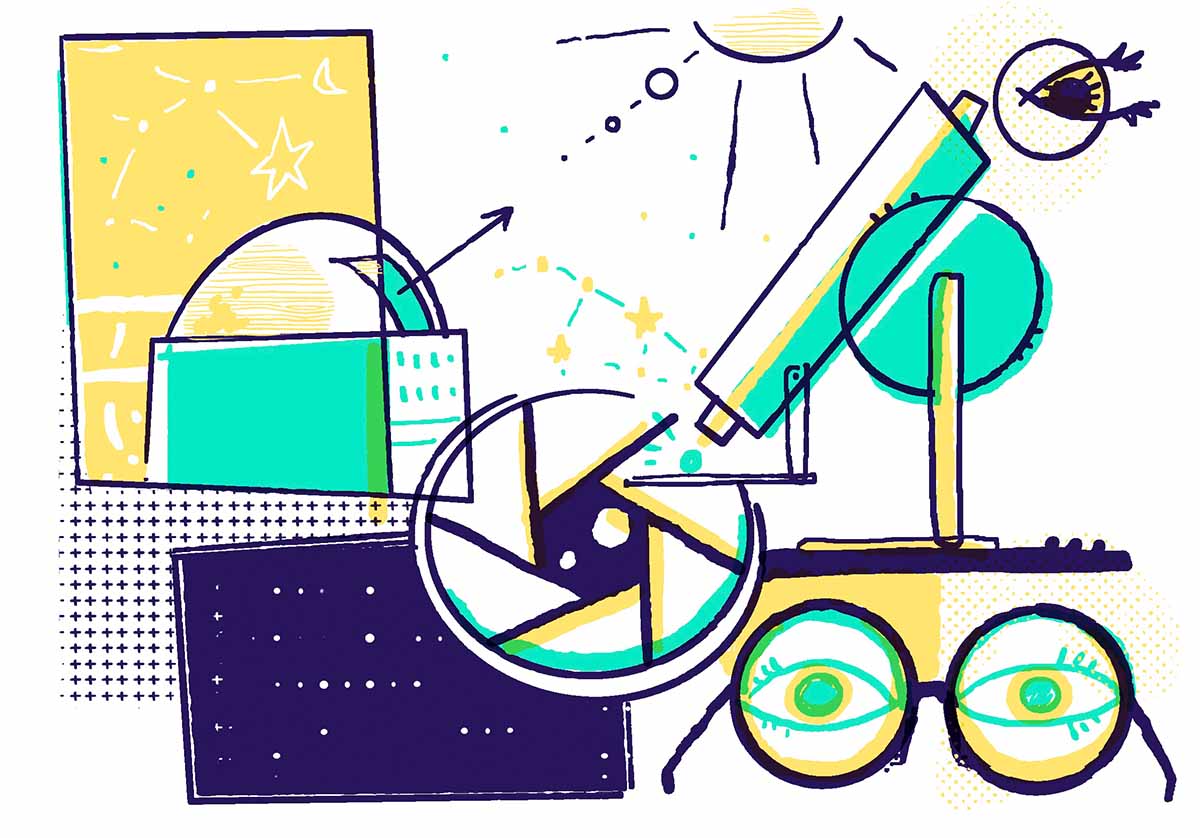An introduction to our AI thinking

Innovation team
Since November last year - when OpenAI’s GPT3.5 was released - we’ve been talking internally about when we’d start to use Large Language Models in our everyday work. To quote an internal email, “At the pace they’re moving it’s now a ‘when’ rather than ‘if’.” With GPT4 being a further step-change forward, alongside Google’s Bard announcement, that ‘when’ feels like it’s arrived.
For the moment a lot of people are seeing them as ‘just’ tools. This change is far bigger than that. Michael Bhaskar, in Human Frontiers, makes the point that, “Tools aren’t neutral in the processes of thinking and creating. They’re part of what we imagine and do; not just means to ends, but ways of seeing, modes of discovery.”
Tools are fundamental to how far we can push our frontiers. And they’re fundamental to how we organise. Large Language Models are going to have their biggest impact on how organisations are structured, how work gets done and how we’ll communicate with one another.
For those of us involved in communication, creativity and development this is a slightly confused and confusing time. One minute it may be incredible enthusiasm about what the future holds, the next blind panic that the robots have finally come to take away our jobs.
We’ve created this new website to explore this paradigm shift (because it is a paradigm shift). We’ll be exploring it from a number of different lenses. From workshops we’ve run, services we’ve created or early exploration and sense making of this shift by looking backwards at previous disruptions over the past 200 years. It’s also about looking forwards to plausible futures with speculative design and futures thinking. Our aim is to find a balance between looking at the threat this disruption might pose to content and communication teams (as well as digital agencies!) along with the truly incredible opportunities that these new technologies offer us all.
 "
"
 "
"